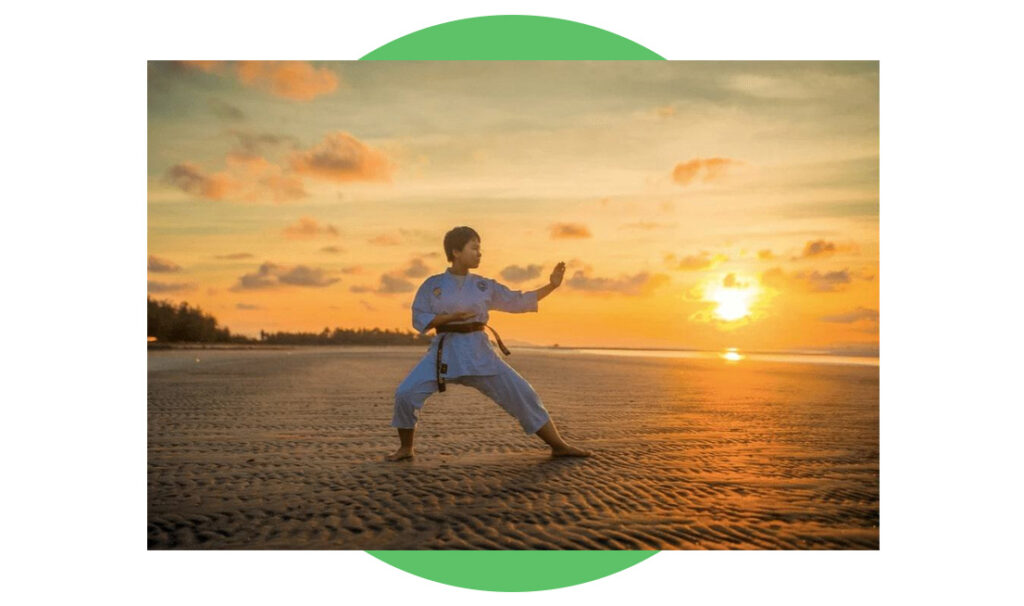Lori Shao • Aug 30, 2019
Last week we suggested a few different after-school activities to keep children stimulated (and supervised) until the parents get off work. We touched on why foreign language, coding, and martial arts are all solid choices, but now we’re going to take the time to take a deeper dive into each of these activities and how each discipline specifically benefits the academic and social development of children.
Our first deep dive will be into the world of martial arts:
Countless Options
Without a prior knowledge of martial arts, deciding which type of program to enroll your child in can be quite overwhelming at first. There are countless different forms of martial arts from karate to kung fu to jiu-jitsu, each with its own philosophy and practices.
While it might be difficult at first to narrow down the options, I believe that the fact that there are so many options is part of the beauty of martial arts. The variability gives parents and children the opportunity to read up on the different styles of martial arts together and find the one that resonates most with their family’s values.
Rooted in History
Speaking of reading up, a core component of a complete martial arts education is an appreciation and understanding of history. Each discipline of martial arts has its own long, rich history and tradition that is passed from one generation to the next.
In learning the history of the style of martial arts that they choose to practice, a child will not only be exposed to the stories they’d never hear in an American school (the early kingdoms of China or Japan for example), but they might very well also return to school with a greater appreciation for the history they study in the classroom as well.
Progress and Goal-Setting
Goal-setting is a crucial skill for children, but it is one that is difficult to instill in the classroom.
One of the main tenets of most martial arts practices is the notion of progression and goal-setting. The most recognized form is that of the belting process. From the start, a child is given a belt (usually starting with white) and as they improve their skills in the practice, they “test” for belts of a different color that represents their advancement.
Non-Violence
While martial arts may be often characterized as a “violent” activity, the reality is that non-violence is at the center of the teachings of almost every discipline of martial arts.
Instilled with the self-confidence and discipline of martial arts practice, children are less prone to bullying (on both sides) and are taught that violence is never a necessity outside of self-defense.
Need help getting started? Finli was founded to help small businesses instantly invoice, collect immediate payments, and more seamlessly handle their accounts receivable. Sign up for a free trial here!





